
The Power of Castor Leaves: Nature’s Hidden Gift
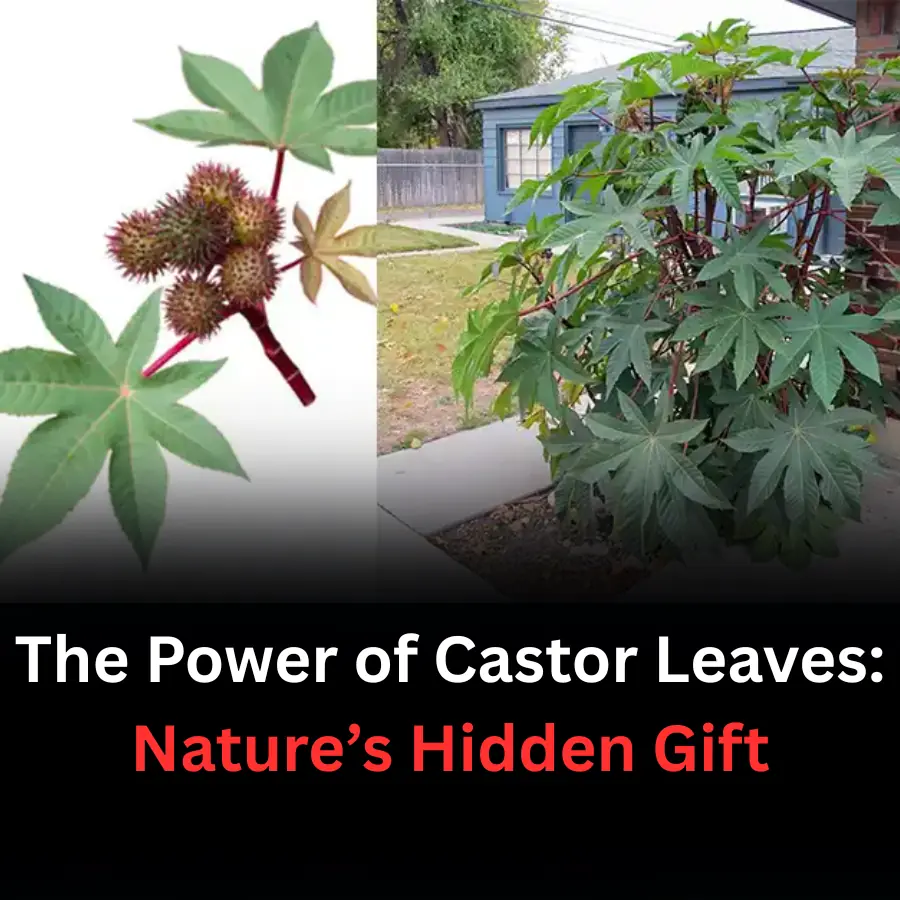
The Power of Castor Leaves: Nature’s Hidden Gift
1. Overview
The castor plant (Ricinus communis) is widely known for producing castor oil, but its leaves also hold valuable therapeutic potential. In traditional medicine across Asia and Africa, castor leaves have been used for centuries to relieve pain, heal wounds, and support internal health. Modern studies have begun to analyze these leaves and confirm that they contain bioactive compounds with notable pharmacological effects.
2. Chemical Composition
Castor leaves are rich in a variety of plant chemicals that contribute to their potential health benefits, including:
-
Flavonoids: Quercetin, rutin, and epicatechin – known for strong antioxidant activity.
-
Phenolic acids: Gallic acid, ellagic acid, and chlorogenic acid – protective against oxidative stress.
-
Alkaloids and saponins: Believed to support immune function and have antimicrobial properties.
-
Tannins: Provide astringent effects and can help tighten tissues and reduce inflammation.
These compounds work synergistically to give castor leaves their anti-inflammatory, antimicrobial, and antioxidant properties.
3. Potential Health Benefits
3.1. Antioxidant Protection
Research has shown that castor leaf extract helps neutralize free radicals, which can damage cells and accelerate aging. Flavonoids like quercetin and rutin enhance the body’s defense system and may lower the risk of chronic conditions linked to oxidative stress.
3.2. Anti-Inflammatory and Pain Relief
In traditional medicine, crushed or heated castor leaves are applied as poultices to relieve joint pain, arthritis, and muscle soreness. Their anti-inflammatory compounds reduce swelling and ease discomfort naturally, often without the side effects of synthetic pain relievers.
3.3. Antimicrobial and Antifungal Effects
Studies suggest that extracts from castor leaves can inhibit the growth of bacteria and fungi. This makes them useful for treating minor infections, skin irritations, or wounds. In some traditional practices, boiled castor leaves are used as a rinse to clean wounds or inflamed skin.
3.4. Support for Digestive and Urinary Health
Boiled castor leaves have been used in traditional remedies to ease urinary tract discomfort and support digestion. Some sources note that mild infusions can help relieve bloating or urinary irritation, although more scientific evidence is needed to confirm these effects.
3.5. Skin Healing and Detoxification
Castor leaf paste or oil-infused leaf compresses are often applied to burns, cuts, and skin ulcers. The leaves’ antimicrobial nature may help prevent infections, while their tannins tighten and soothe the skin. When used externally, they may also stimulate blood flow and promote faster tissue repair.
3.6. Muscle and Tissue Support
Recent studies have suggested that castor leaf extract can help prevent muscle atrophy in certain experimental conditions by activating cellular defense pathways. This may open new possibilities for therapeutic applications in muscle recovery.
4. How to Use Castor Leaves
4.1. Herbal Infusion (Tea)
-
Wash several fresh leaves thoroughly.
-
Boil them in 500 ml of water for 10–15 minutes.
-
Strain and let it cool slightly before drinking.
This preparation is traditionally used for digestion and urinary health, though it should be consumed in moderation.
4.2. Poultice or Compress
-
Heat 2–3 clean leaves over low heat until warm and soft.
-
Apply them directly to the affected area (joint, skin irritation, or wound).
-
Wrap with a clean cloth for 15–30 minutes.
This method is still popular in Ayurvedic and folk medicine for pain and swelling relief.
4.3. External Bath or Rinse
-
Boil a handful of leaves in 2 liters of water.
-
Allow to cool until lukewarm and use it to rinse skin areas affected by rashes or irritation.
4.4. Extract or Oil-Based Form
Some herbal products offer standardized extracts or oils containing compounds from castor leaves. However, users should verify product quality and consult with healthcare professionals before internal use.
5. Safety Precautions
While the leaves of Ricinus communis have beneficial properties, the plant also contains highly toxic compounds in other parts, especially the seeds (which contain ricin, a deadly toxin). Proper caution is essential.
-
Avoid using raw or unverified extracts internally. Only use mild teas or topical preparations made from clean, mature leaves.
-
Allergic reactions: Some individuals may experience rashes or irritation upon contact. Always test on a small skin area first.
-
Pregnancy and breastfeeding: Internal use is not recommended due to limited safety data.
-
Dosage and duration: Use in moderation. Long-term or excessive consumption is not advisable without medical supervision.
-
Children and the elderly: Should not use castor leaf preparations without professional guidance.
-
Medical conditions: Those with kidney, liver, or chronic inflammatory diseases should consult a doctor before use.
6. What Research Says
Scientific research on castor leaves is expanding. Key findings include:
-
Studies on antioxidant activity indicate that castor leaf extracts significantly reduce oxidative damage in experimental models.
-
Extracts have demonstrated antimicrobial activity against several bacterial strains, supporting traditional uses in wound care.
-
Some animal studies suggest possible protective effects on muscles and internal organs under stress conditions.
However, large-scale human trials are still limited, so castor leaves should be viewed as a complementary natural aid, not a primary medical treatment.
7. Conclusion
Castor leaves represent one of nature’s lesser-known yet powerful gifts. They are abundant in antioxidants and natural anti-inflammatory compounds that may help relieve pain, improve skin health, and support digestion. Used correctly, they can serve as a useful home remedy or herbal supplement for mild conditions.
Nevertheless, because Ricinus communis also contains toxic components in other parts of the plant, proper preparation and moderate use are essential. Always seek professional advice before internal consumption or prolonged use.
Nature provides incredible tools for wellness — but the key lies in understanding how to use them safely and responsibly.
News in the same category


These 3 vegetables have a high risk of causing ca.n.cer. Know early to avoid them and tell your loved ones!
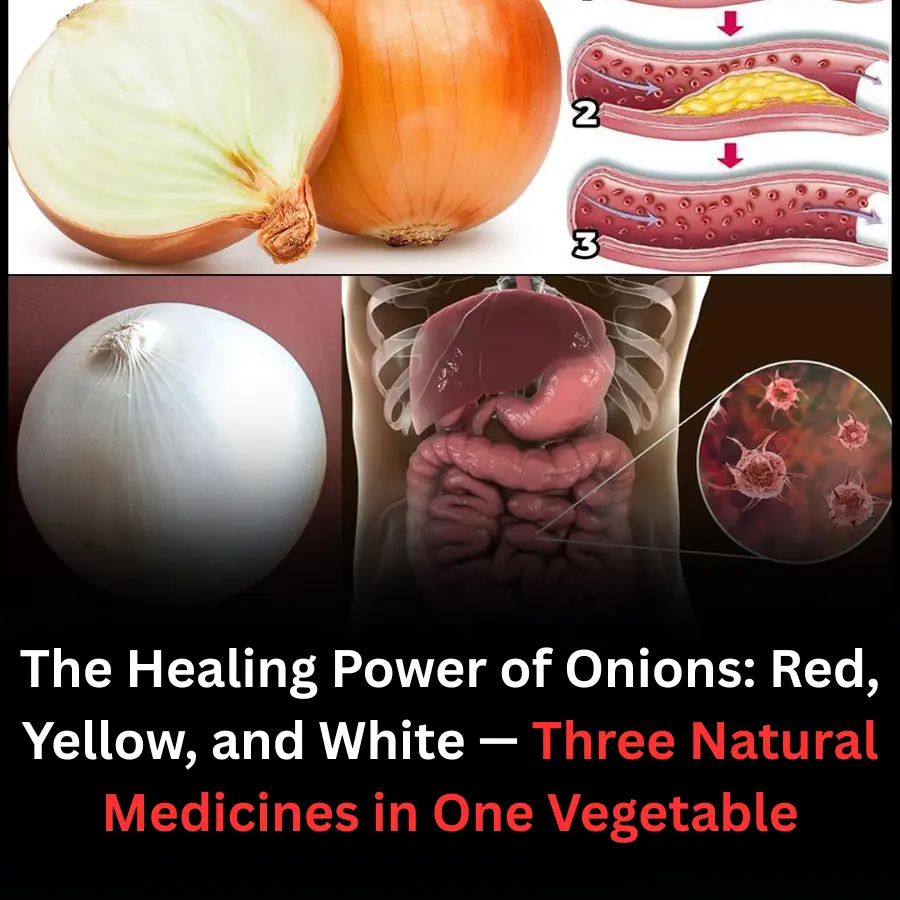
The Healing Power of Onions: Red, Yellow & White — Three Natural Medicines in One Vegetable

Breathing Problems at Night? Try These Sleep Positions to Breathe Easier 😴🌿

Is Sugar Secretly Hurting Your Heart? Here’s What You Need to Know

Older Adults, Your Muscles Are Disappearing Without This Food in Your Diet

Unlock the Ancient Hair-Growth Secret That Boosts Length Naturally — No Chemicals, Just Pure Power

7 Subtle Signs Can.cer Might Be Growing Inside Your Body — Listen Before It’s Too Late
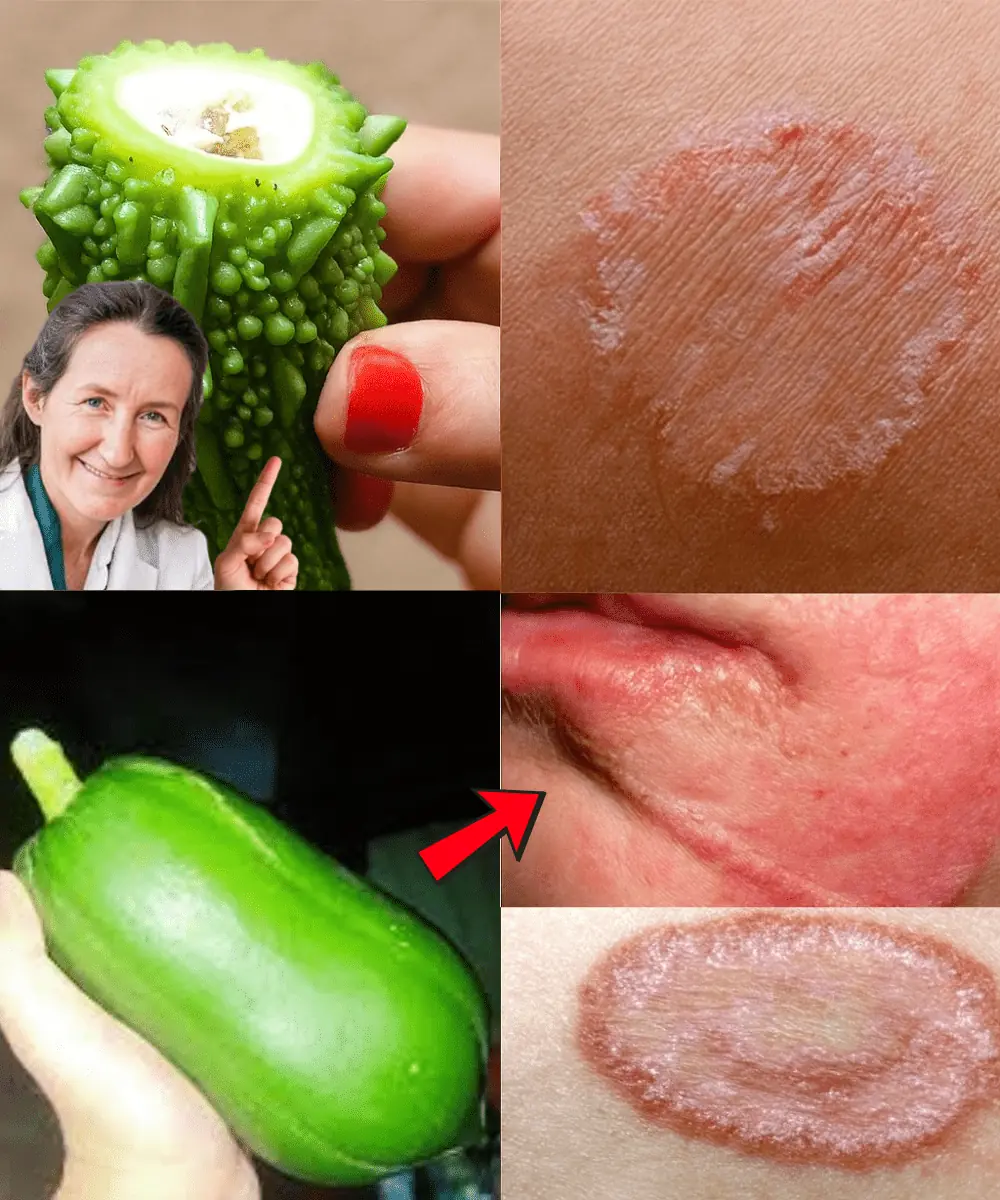
9 Natural Remedies That Wipe Out Fungal Infections Fast — No Chemicals, Just Results
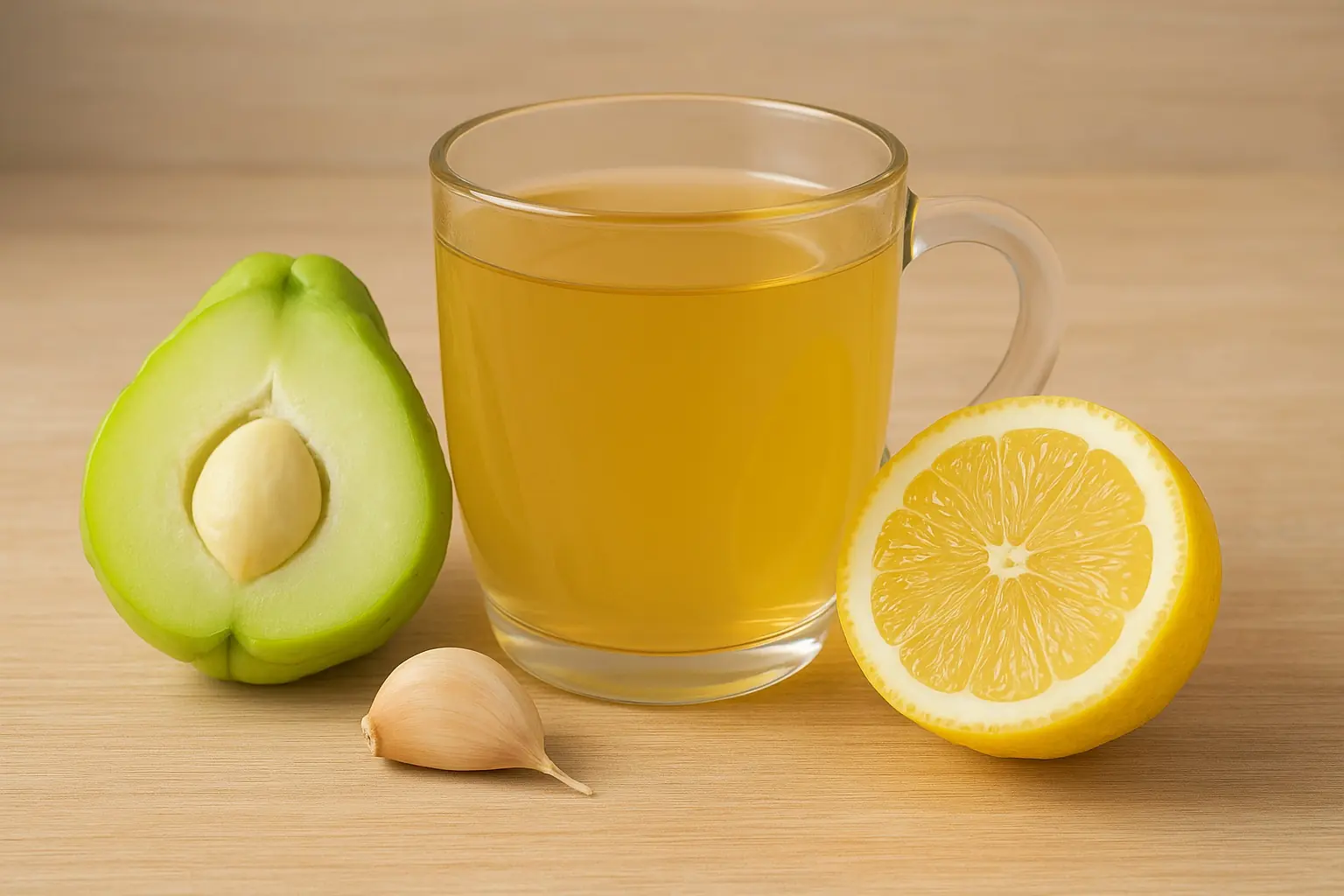
The 10-Minute Morning Tonic That Melts Away Swelling, Stiff Joints, and Circulation Fatigue

Clove Tea: The Ancient Elixir That Heals, Energizes, and Transforms from Within

Grape Hyacinth (Muscari): The Stunning Spring Flower That’s Edible - If You Know the Right Kind
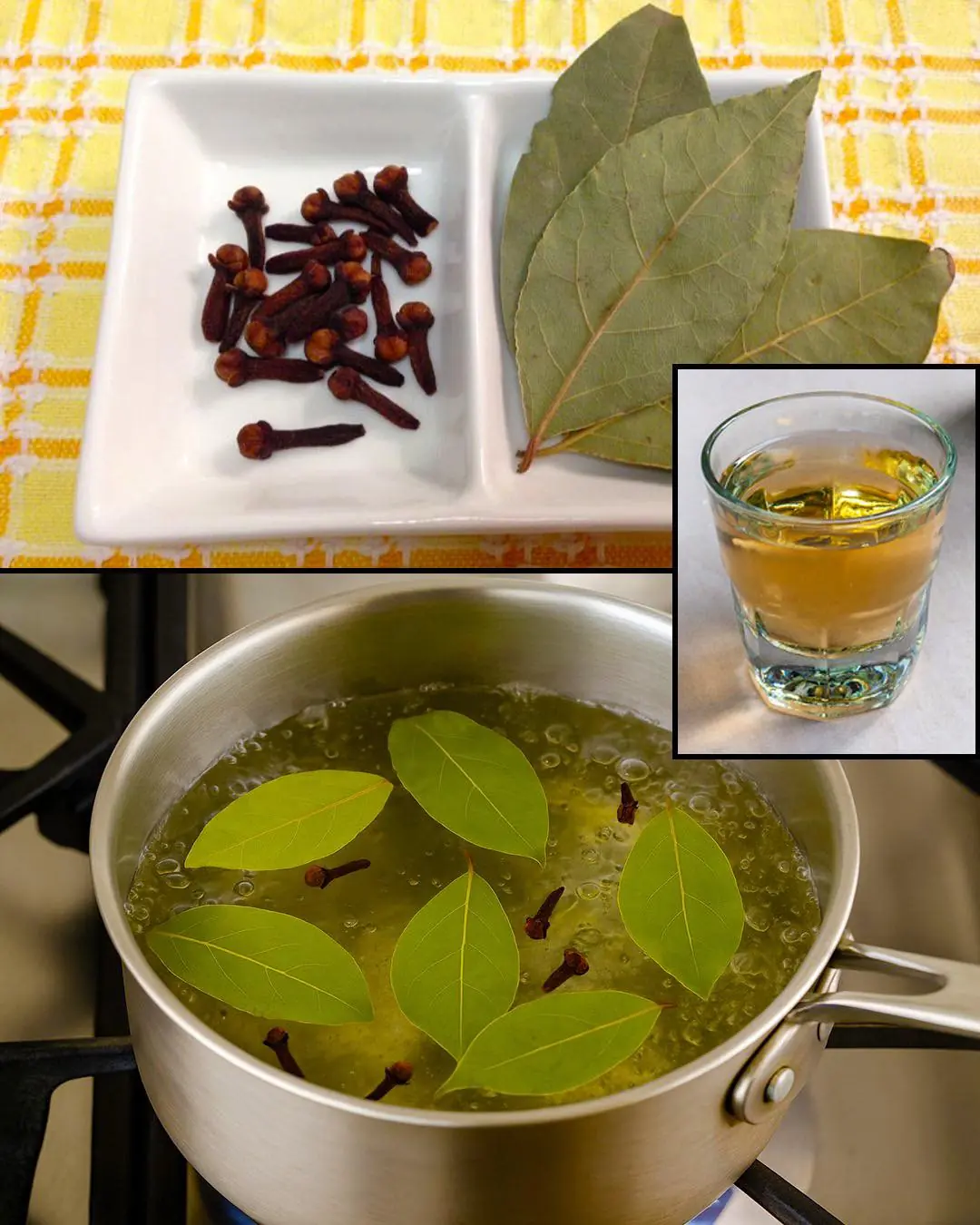
The Surprising Benefits of Boiled Bay Leaves and Cloves: A Natural Elixir for Wellness

The habit of drinking hot water mixed with cold water will be harmful if you do not understand these 3 important things: Bacteria will grow, the body will get sick
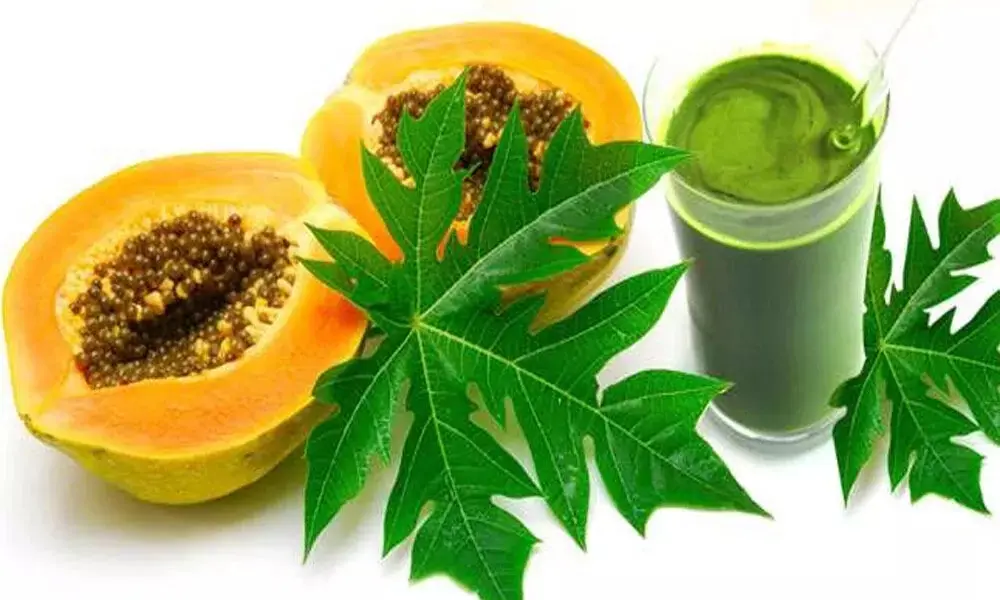
The Hidden Healing Power of Papaya Leaves: Nature’s Secret Weapon for Health and Vitality
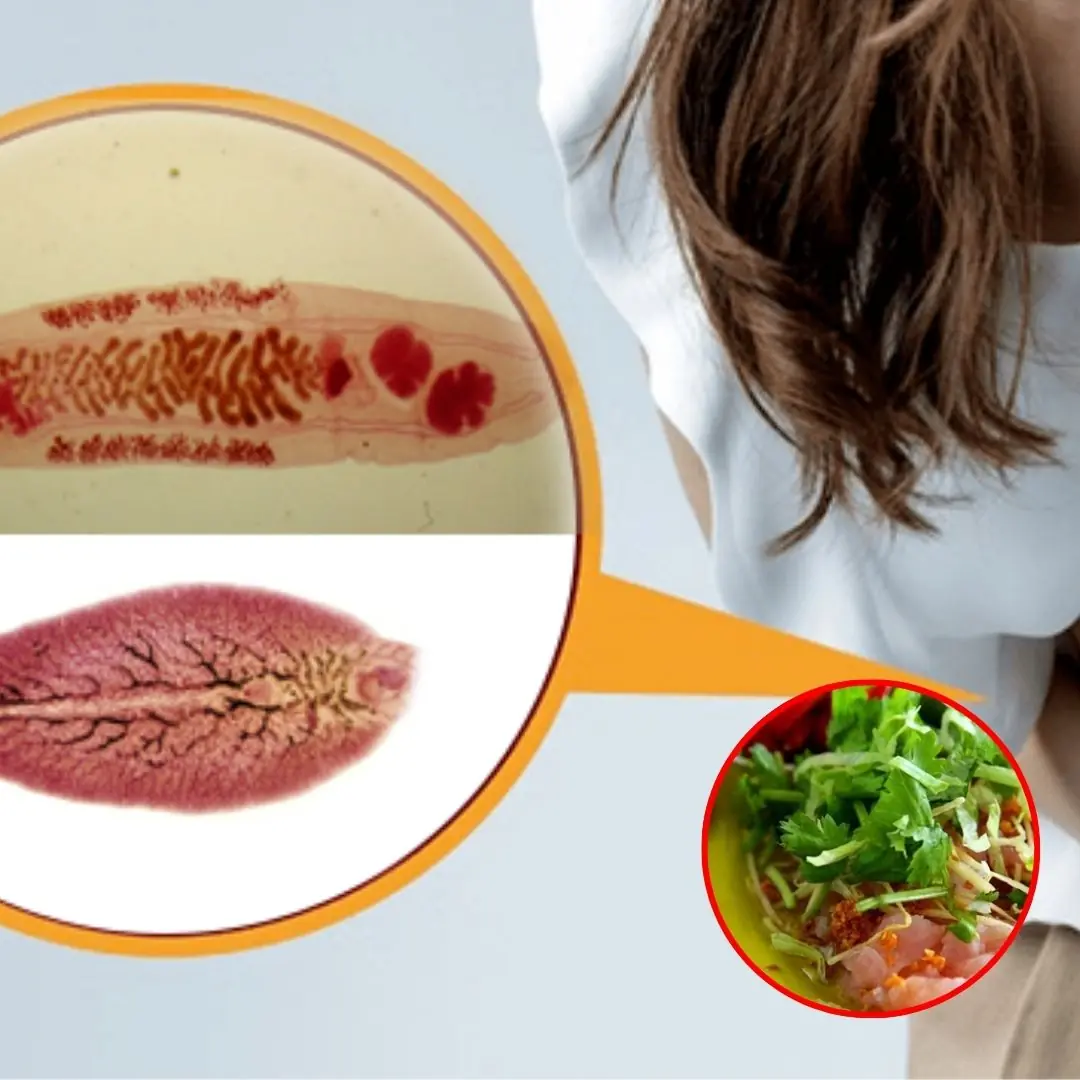
The risk of liver fluke infection from eating habits that many people have

6 Signs You Have a Dog Tapeworm Infection That You Can Easily Ignore

Sweet Potatoes Could Damage Your Health — Especially If You’re in These 5 Categories!

5 Nighttime Drinks to Cleanse Your Li.ver and Shed Pounds While You Sleep
News Post

8 foods that ki.ll can.cer cells

These 3 vegetables have a high risk of causing ca.n.cer. Know early to avoid them and tell your loved ones!

The Healing Power of Onions: Red, Yellow & White — Three Natural Medicines in One Vegetable

7 Easy Tips to Start a Healthy Lifestyle Today
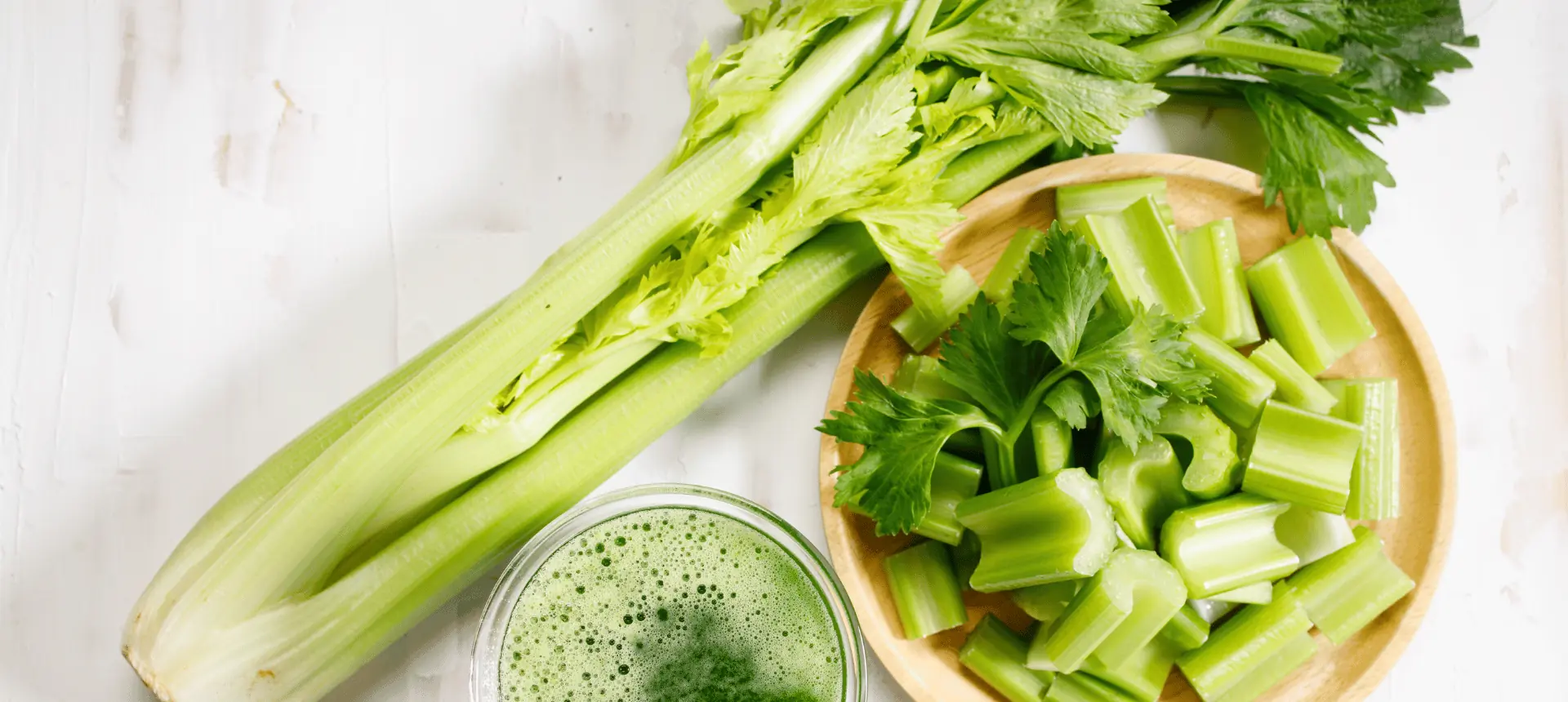
Celery Juice: Trendy Detox Drink or Just Overhyped Hype?

Sleepy Girl Mocktail: What’s in It — and Does It Really Help You Sleep?

Breathing Problems at Night? Try These Sleep Positions to Breathe Easier 😴🌿

Is Sugar Secretly Hurting Your Heart? Here’s What You Need to Know

Older Adults, Your Muscles Are Disappearing Without This Food in Your Diet

Unlock the Ancient Hair-Growth Secret That Boosts Length Naturally — No Chemicals, Just Pure Power

7 Subtle Signs Can.cer Might Be Growing Inside Your Body — Listen Before It’s Too Late

9 Natural Remedies That Wipe Out Fungal Infections Fast — No Chemicals, Just Results

Prevent refrigerator odor with kitchen waste, no cost, fresh and fragrant refrigerator, fresh food

The 10-Minute Morning Tonic That Melts Away Swelling, Stiff Joints, and Circulation Fatigue

Clove Tea: The Ancient Elixir That Heals, Energizes, and Transforms from Within

Grape Hyacinth (Muscari): The Stunning Spring Flower That’s Edible - If You Know the Right Kind

The Surprising Benefits of Boiled Bay Leaves and Cloves: A Natural Elixir for Wellness

The habit of drinking hot water mixed with cold water will be harmful if you do not understand these 3 important things: Bacteria will grow, the body will get sick
